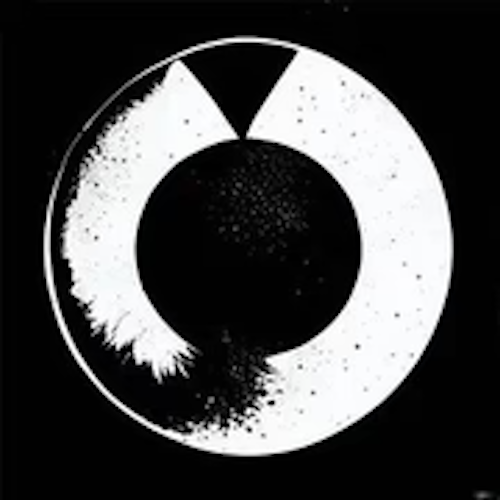How to Choose Between SLA and FDM 3D Printing for Your Project
Share
When it comes to 3D printing, choosing the right technology can make or break your project. In this blog post, we'll explore the differences between two popular 3D printing technologies: Stereolithography (SLA) and Fused Deposition Modeling (FDM), and how to choose the right one for your needs.
What is SLA and FDM?
Stereolithography (SLA) and Fused Deposition Modeling (FDM) are two common types of 3D printing technologies. SLA uses a laser to cure liquid resin into hardened plastic, while FDM heats and extrudes thermoplastic filament layer by layer to build an object.
Comparing SLA and FDM
- Resolution: SLA typically provides higher resolution than FDM, making it ideal for projects that require fine details, such as jewelry prototyping at Technast.
- Material Options: FDM offers a wider range of material options, making it suitable for functional prototypes and end-use parts.
- Speed: FDM printing is generally faster, but the quality of the print may be lower compared to SLA.
Ultimately, the choice between SLA and FDM will depend on your project's specific needs. Technast, serving Toronto, Mississauga, and the GTA, offers both types of 3D printing technologies and can help guide you in the right direction.
Conclusion
Whether you're creating intricate futuristic objects for high-end retail, scientific use, or even customizable glow-in-the-dark license plate frames, understanding the difference between SLA and FDM 3D printing can help ensure your project's success. Contact Technast today for expert advice and fast, professional service.
